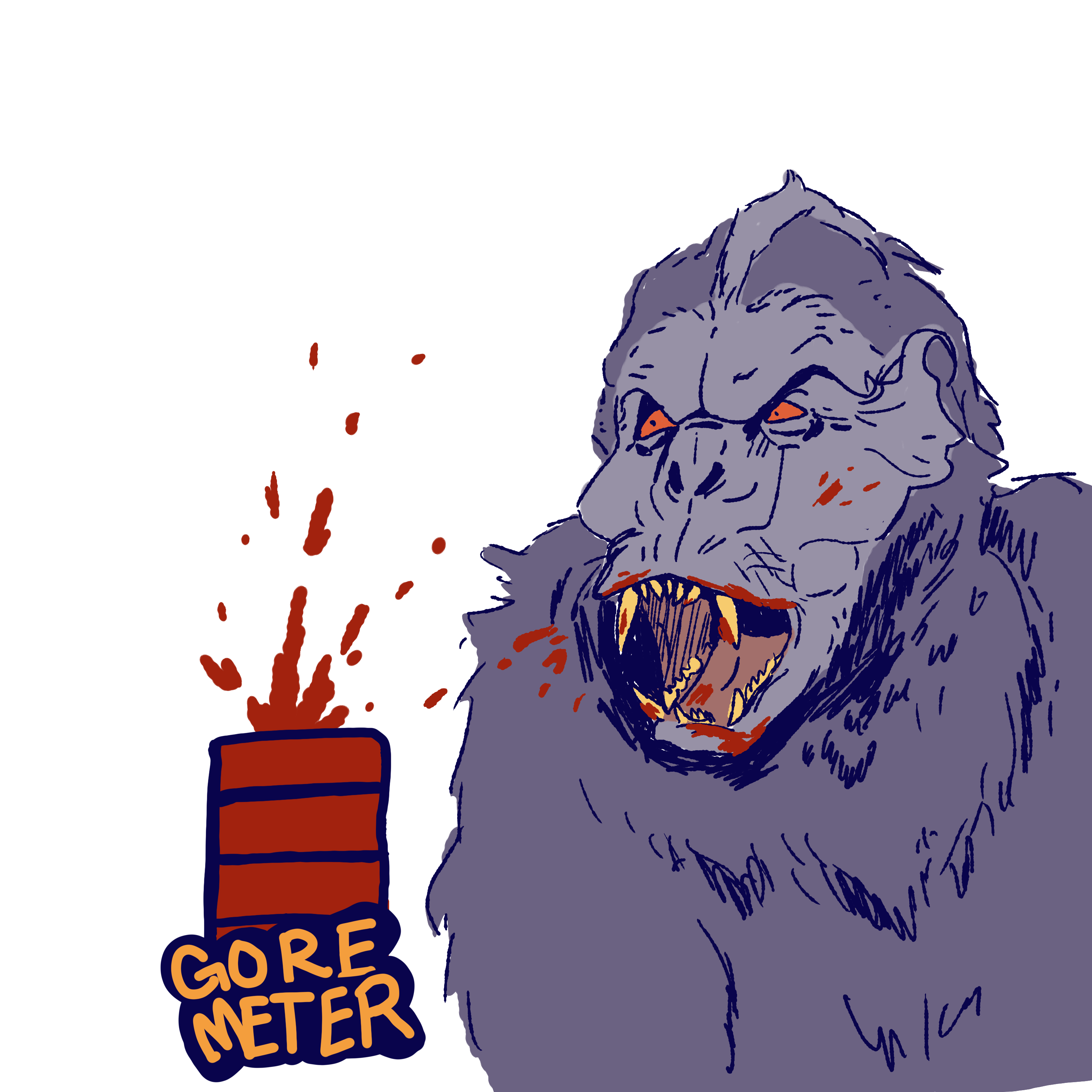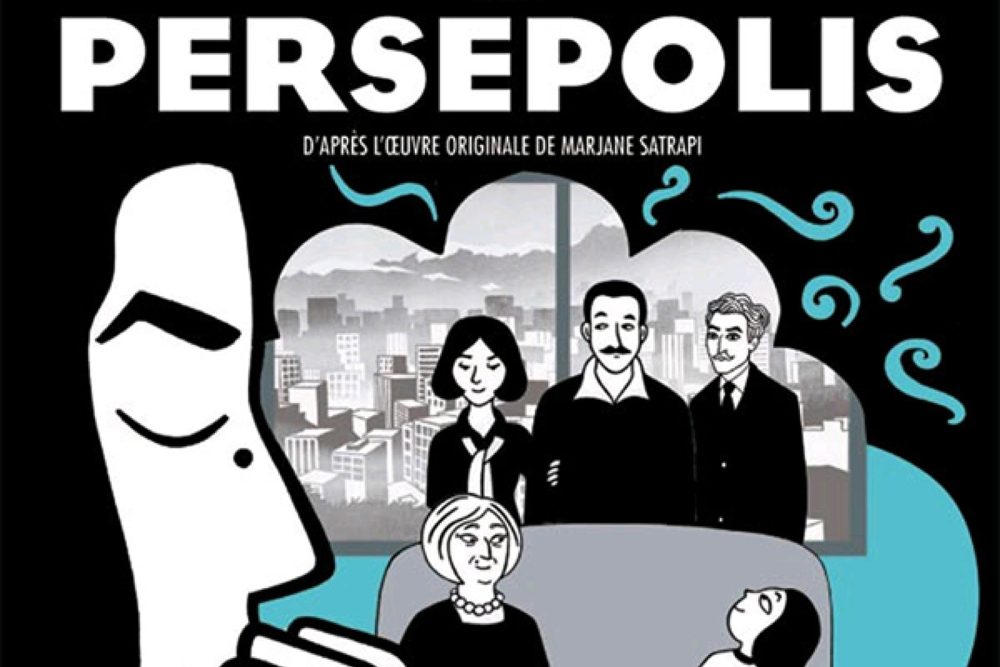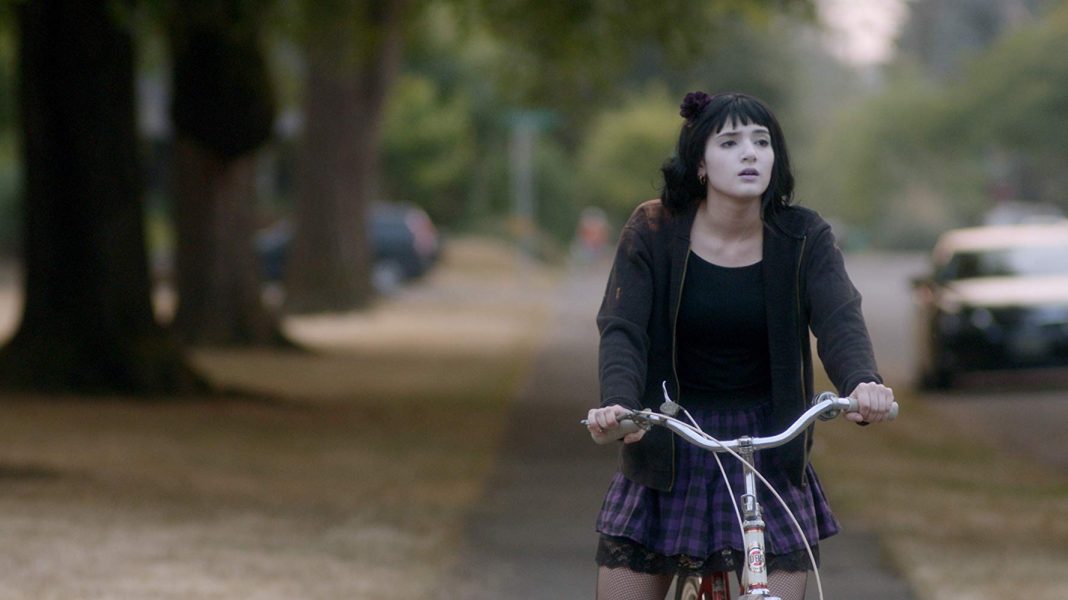Transgender individuals often face disenfranchisement and marginalization on a daily basis. This is not new information. And for some reason, any kind of representation in mainstream Hollywood is considered a step in the right direction, proof that attitudes are changing and queer inclusivity is on the rise. Unfortunately, it’s not that easy. It’s not enough to have queer characters on the screen; who is telling the story is just as important as the story itself.
Where are transgender actors in Hollywood?
Scarlett Johansson recently accepted the role of Dante “Tex” Gill, a transgender man in the newly announced film Rug & Tug. However, after aggressive backlash, Johansson bowed out of the role, releasing a statement that points out obvious discrepancies with the practice of big production studios bring in cisgender actors to portray transgender individuals and their stories.
I’ll give Johansson credit for backing out of the part for the right reasons. However, her original response worries me. Initially, Johansson defended her decision to portray a transgender individual was based in the logic that other cisgender actors and actresses have portrayed transgender characters in the past: “[Questions] can be directed to Jeffrey Tambor, Jared Leto and Felicity Huffman’s reps for comment.” Ultimately, other cis people have gotten away with it, so she should also be able to.
Not unsurprisingly, this response was met with an aggressive backlash spearheaded by transgender actors in Hollywood. “So you can continue to play us but we can’t play y’all?” tweeted Trace Lysette, a transgender actor on the series Transparent. “I wouldn’t be so upset if I was getting in the same rooms as Jennifer Lawrence and Scarlett for cis roles, but we all know that’s not the case.”
Trace brings up an unsettling reality in Hollywood: trans actors are getting passed up for cisgender actors with bigger names in the industry.
A few examples to name: Elle Fanning in 3 Generations, Benedict Cumberbatch in Zoolander, Eddie Redmayne in The Danish Girl and Jared Leto, who won an Oscar for his performance in Dallas Buyers Club.
Why didn’t casting directors of these blockbusters bring in transgender actors? Essentially, big-name actors are familiar and already established; their recognizability brings in more revenue for the production. This creates a cycle of exclusion that pushes transgender actors off the stage, making it incredibly hard for them to gain any notoriety at all. Part of the problem is that Hollywood places money before people.
Another problem is directors intentionally casting cisgender male actors in transgender women roles because they want the character to still appear masculine, and vice versa. This approach perpetuates trans stereotypes and misrepresents the entire point of sharing trans experiences.
These decisions masked in excuses claiming so-called artistic merit do not value the experiences of transgender individuals in our society. If Hollywood really wants to be an ally, it needs to make space instead of take space.
It’s time for Hollywood to walk the walk. In some instances, we have seen positive steps in the right directions. A Fantastic Woman, Transparent, and Orange is the New Black all spotlight trans actors.
People are starting to wake up. “We know that the best storytelling is diverse storytelling, and it is clear that Hollywood is at a tipping point,” states the “Open Letter to Hollywood” boasting more than 48 signatures from a variety of prominent organizations and agencies with influence in Hollywood. This letter is demanding better representation in Hollywood for transgender people.
The goal is not to have more trans characters in media, but for total inclusion of the entire trans community, and this means trans actors involvement with their representation. No industry is perfect, but for such a spotlight-driven industry, there shouldn’t be any more excuses.
I am at PSU pursuing an art history major and am minoring in Gender, Sexuality and Queer Studies and Design Management. I took on the role of opinion editor in summer 2018. When I started writing for the opinion section last year as a contributor, I was looking to learn about journalism and media; I can say I definitely have. As an editor, I focus on creating environments in which writers and readers can connect and engage in productive conversations exploring new points of view.






